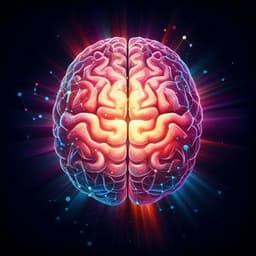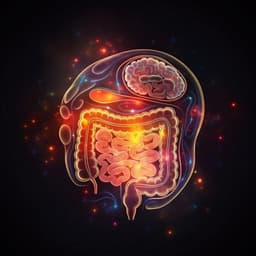
Biology
A meta-analysis showing improved cognitive performance in healthy young adults with transcranial alternating current stimulation
T. L. Lee, H. Lee, et al.
This groundbreaking study by the authors explores the exciting effects of both online and offline transcranial alternating current stimulation (tACS) on cognitive performance. Delving into various frequency bands and brain regions, the research sheds light on how these methods can enhance executive functions, learning, and memory. Don't miss out on the fascinating findings and side effects of tACS!
Playback language: English
Related Publications
Explore these studies to deepen your understanding of the subject.







